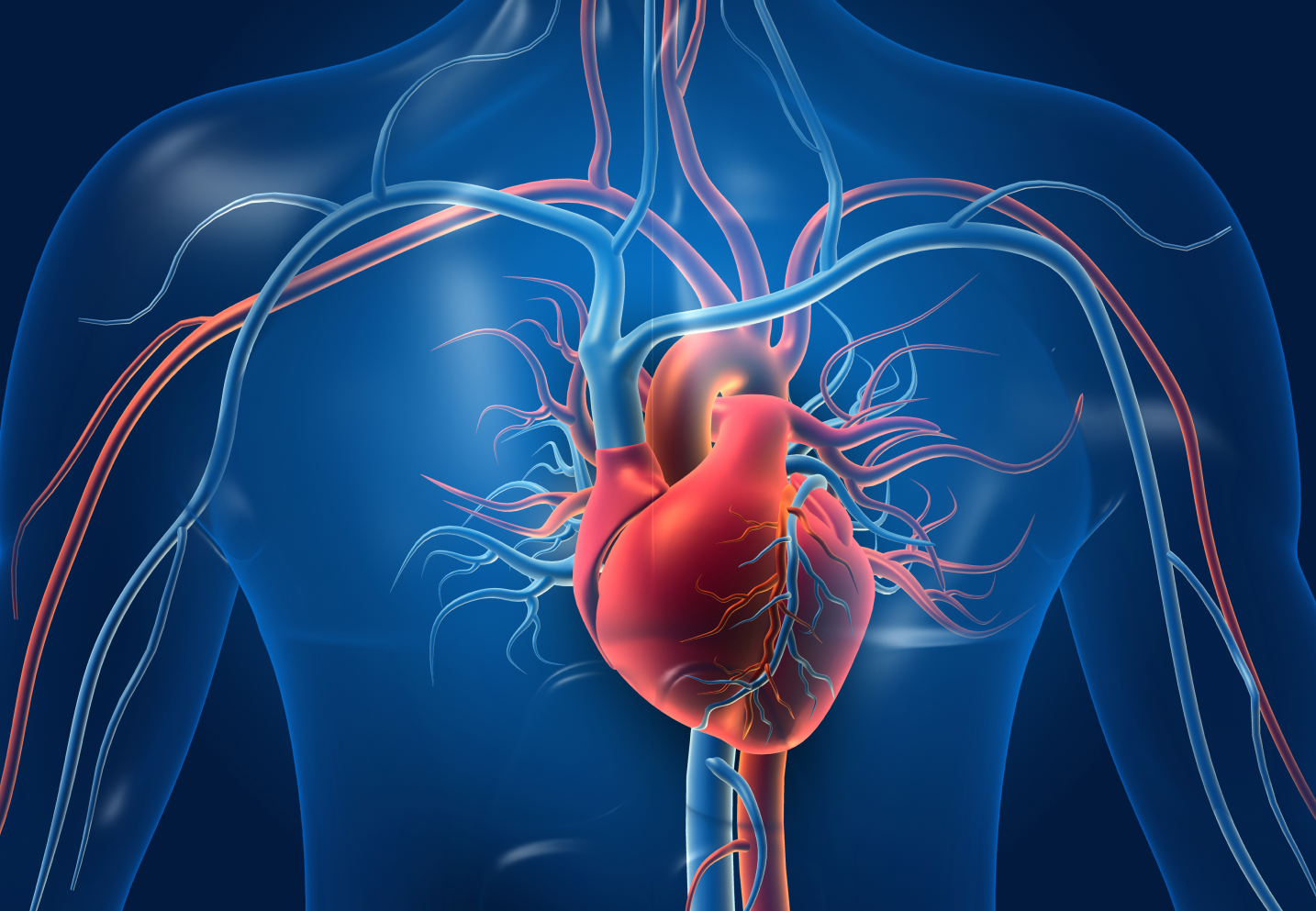Every day for 24 hours a day, your heart is continuously pumping blood through 60,000 miles of blood vessels to nourish every cell in your body. To give some perspective, these arteries, veins, and capillaries, laid end to end, would wrap around the earth more than twice at the equator. This muscular, ten-ounce organ is a true workhorse, beating about 35 million times a year — until one day, it stops beating.
Sadly, one out of five people in the world will die of heart disease, more than any other disease in existence. It accounts for about 18 million deaths per year, killing almost 50,000 people every day. And while the statistics are nothing short of dismal, this is a war that we’re increasingly well equipped to fight and win, thanks to an awe-inspiring wave of technological advances that focus on prevention and regeneration coming available in the next 1-3 years.
Using Stem Cells to Increase Blood Circulation
One of the most astounding scientific breakthroughs when it comes to heart disease comes from Dr. Doug Losordo, the global head of research and development and chief medical officer of Caladrius Biosciences. Having witnessed the transformative power of CD34+ stem cells to reconstitute mature blood cells in cancer patients, he is laser-focused on also using them to increase blood circulation, the essence of the body’s life force.
Blood circulation is critically important because when it's impaired, the tissue doesn’t get enough oxygenated blood, which can lead to heart attacks and heart failure. But as it turns out, a single dose of these repair cells results in normalization of circulation in patients with coronary microvascular dysfunction — a condition in which the heart’s microcirculation is compromised.
Phase 3 trials (the final step before FDA approval) are taking place in Japan, and if they’re successful, the use of CD34+ stem cells could be the first cell therapy approved for the treatment of cardiovascular disease, and the key to improving circulation in a wide variety of other conditions.
Making Older Hearts Young Again
Elevian, a company that develops medicines designed to restore the body’s regenerative capacity, is using a naturally occurring molecule called growth differentiation factor 11 (GDF11) to reproduce the rejuvenating effects of “young blood.” In fact, aged mice that received an injection of GDF11 saw a reduction in age-related cardiac hypertrophy, boosted brain function, improved skeletal muscle repair, and increased exercise capacity.
Elevian’s leading drug candidate, recombinant human GDF11, has shown efficacy in preclinical models of heart failure and stroke, plus Alzheimer’s disease and type 2 diabetes. They’re now moving toward an early Phase 1 trial to establish that the GDF11 approach is safe for human beings.
A Stem Cell Patch for Heart Vessels
Stem cells are also being used in a recently FDA-approved patch for repair and reconstruction of vessels — even ones that have been severely affected by cholesterol buildup.
CorMatrix Cardiovascular has invented a “bio-scaffold” that allows the patient’s own stem cells to regenerate tissue. Already used in more than 100,000 patients worldwide, this exceptionally strong, pliable, and thin material is stitched by surgeons onto the heart, achieving permanent repair. Since it uses the body’s own cells to heal, it isn’t seen as a foreign substance it needs to attack, making it vastly superior to current surgical patches.
And while the patch still requires surgery to be applied, there’s another therapy that might bypass the need for surgery altogether. Ventrix, a company spun out of the University of California, San Diego, is fine-tuning VentriGel, a hydrogel that can be injected via catheter to heal areas heavy in scar formation. The company is testing to see if VentriGel can reach areas of the heart that a coronary artery bypass graft cannot access — and if it can, researchers are hopeful that this could soon replace the need for this surgery.
Ghost Hearts: Straight out of a Science Fiction Movie
Doris Taylor, Ph.D., is creating what’s been coined as “Ghost Hearts” — a ghostly opaque, decellularized heart that consists only of the branches that supply blood to the body. The decellularized hearts are then infused with millions of immature heart cells made from human stem cells, and connected to a pump until they’re regenerated and start beating again.
Taylor, who is now an independent scientist, has grown more than 100 of these hearts at the Texas Heart Institute, where she was the director of regenerative medicine research. She has also used ghost hearts as a source for a cardiac patch and has experimented with grinding up a ghost heart into a powder that forms the basis for a gel that’s injected into a scarred heart.
While this may sound like it’s straight out of a science fiction movie, it is indeed real. Taylor’s ultimate goal is to automate the production of human hearts, and believes that goal can be met within the next two years.
Biological Scaffolding for Hearts, Kidneys, and Lungs
Dr. Harold Ott, a thoracic surgeon at Massachusetts General Hospital and associate professor in surgery at Harvard Medical School, is also blazing trails in the field of organ regeneration — working on engineering bioartificial hearts for patients who need heart transplants. And with financial backing from investors like Life Force authors Tony Robbins and Peter Diamandis, he’s also using biological scaffolds to create replacement kidneys and pancreases — organs that aren’t as complex as hearts.
Dr. Ott’s groundbreaking research into kidneys and the pancreas can provide useful insights that can be applied to his efforts to regenerate the heart. “If we focus on simpler tissues,” says Dr. Ott, “we can learn a lot that we can apply to more complex tissues, which can help us get to clinical applications faster.” With so many lives at stake, the sense of urgency is palpable.
